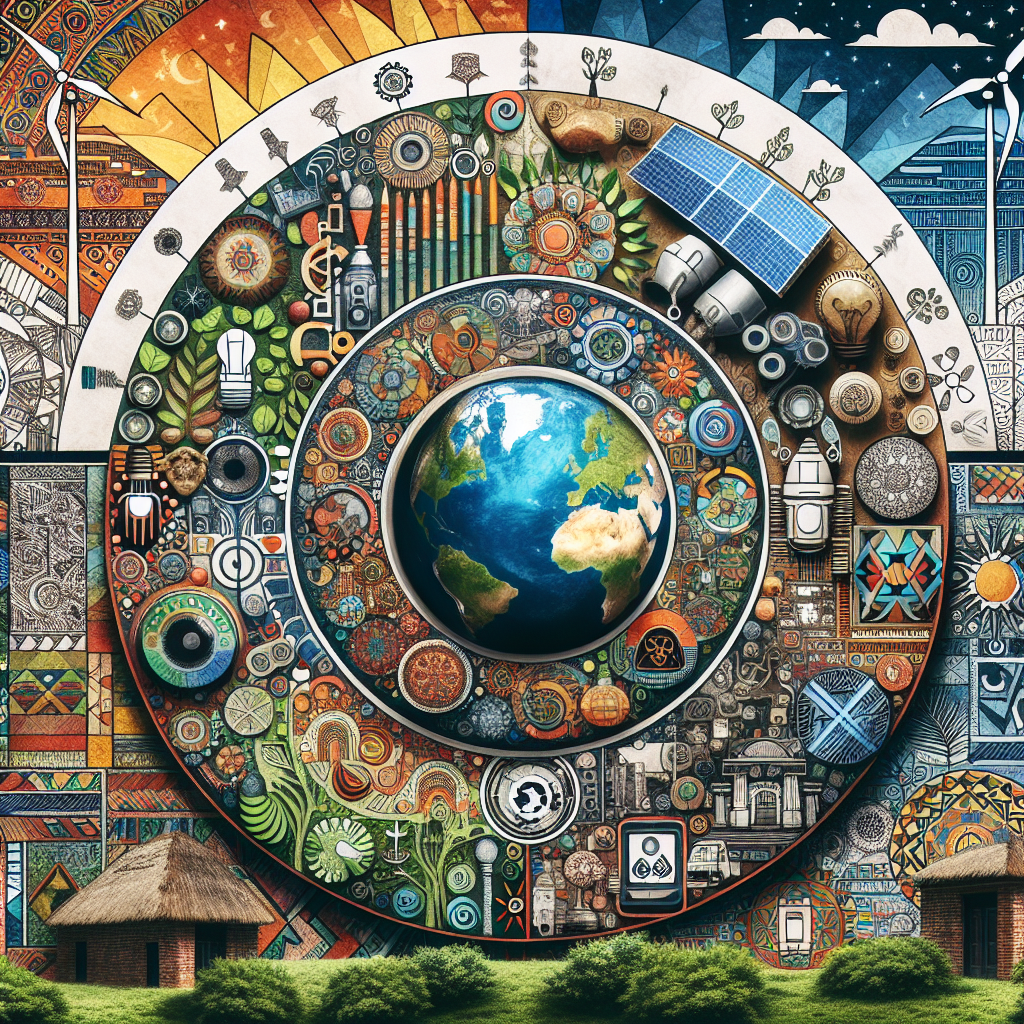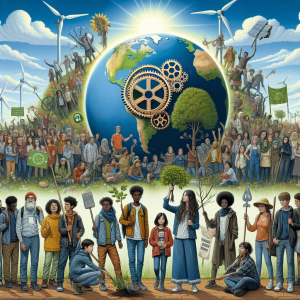As the global community grapples with the urgent challenges of climate change, environmental degradation, and resource scarcity, sustainable practices have become a focal point for a more sustainable future. However, sustainability isn’t just a twenty-first-century invention; many traditional practices around the world have been promoting ecological harmony for generations. This article explores the intersection of tradition and innovation by highlighting sustainable practices from various cultures that offer valuable lessons for modern society.
Indigenous Agricultural Techniques
The Milpas of Mesoamerica
In Mesoamerica, the milpa system—an ancient form of shifting cultivation—demonstrates how traditional agricultural methods can thrive in harmony with the environment. Farmers rotate crops like maize, beans, and squash to restore nutrients in the soil and promote biodiversity. This centuries-old practice not only sustains local communities but also sequesters carbon and supports resilience against climate change. Recent innovations in agroecology are integrating these traditional methods with modern science to enhance yields and sustainability.
Water Conservation in the Middle East
Qanats: Ancient Irrigation Systems
In arid regions, ancient societies developed qanats—underground channels that transport water from aquifers to the surface without evaporation losses. This ancient technology, used in countries like Iran and Afghanistan, reflects a deep understanding of hydrology and resource management. Today, modern engineers and environmentalists are studying these traditional systems to create better, more sustainable water management strategies in drought-prone areas.
Community-Based Forestry
The Community Forestry Movement in Nepal
In Nepal, community forestry initiatives allow local populations to manage and conserve forest resources sustainably. By granting communities the rights to control forest areas, these programs have not only preserved biodiversity but also empowered locals economically. Recent innovations, such as eco-tourism and sustainable harvesting practices, have generated income while promoting conservation, illustrating how combining traditional knowledge with modern economic models can yield positive outcomes.
Energy Solutions from the Past
Biogas Systems in Rural China
In many rural areas of China, families have relied on biogas systems for decades. These systems convert animal waste into biogas, which can be used for heating and cooking. Recent advances in biogas technology, alongside traditional practices, have improved efficiency and accessibility, showcasing how innovation can amplify the impact of longstanding practices.
Traditional Crafts Meet Modern Design
Ethical Fashion in West Africa
In West Africa, traditional textile practices like indigo dyeing and kente weaving have become intertwined with contemporary sustainable fashion initiatives. Designers are now focusing on ethical sourcing, fair trade practices, and eco-friendly materials, revitalizing ancient crafts while providing economic opportunities for local artisans. This blending of traditional craftsmanship with modern design not only preserves cultural heritage but also promotes sustainable fashion.
Aquaculture and Coastal Traditions
Integrated Multi-Trophic Aquaculture (IMTA)
Coastal communities have long practiced integrative aquaculture techniques, combining the cultivation of fish, shellfish, and seaweed in a symbiotic system. The innovative concept of Integrated Multi-Trophic Aquaculture (IMTA) is gaining traction worldwide, allowing for a balanced ecosystem that enhances productivity while minimizing waste. By learning from these traditional practices, modern aquaculture can achieve greater sustainability.
The Role of Technology
Digital Platforms for Traditional Knowledge
As technology advances, it presents unique opportunities to document and disseminate traditional knowledge. Various platforms facilitate the exchange of best practices globally, connecting local communities with innovative solutions that respect and amplify age-old techniques. Applications that optimize agricultural practices, for example, can help farmers access real-time weather forecasts and best planting times, merging tradition with innovation.
Conclusion
The intersection of tradition and innovation offers a promising pathway toward a more sustainable future. By honoring and revitalizing traditional knowledge and practices, while integrating modern technologies and insights, societies worldwide can cultivate resilient ecosystems and communities. As we face unprecedented environmental challenges, blending the wisdom of the past with the ingenuity of the present can pave the way for a healthier planet—one that thrives on both sustainable practices and cultural heritage. The lessons learned from communities around the world remind us that sustainability is not solely a modern concern; it’s a timeless pursuit that can inspire future generations.




